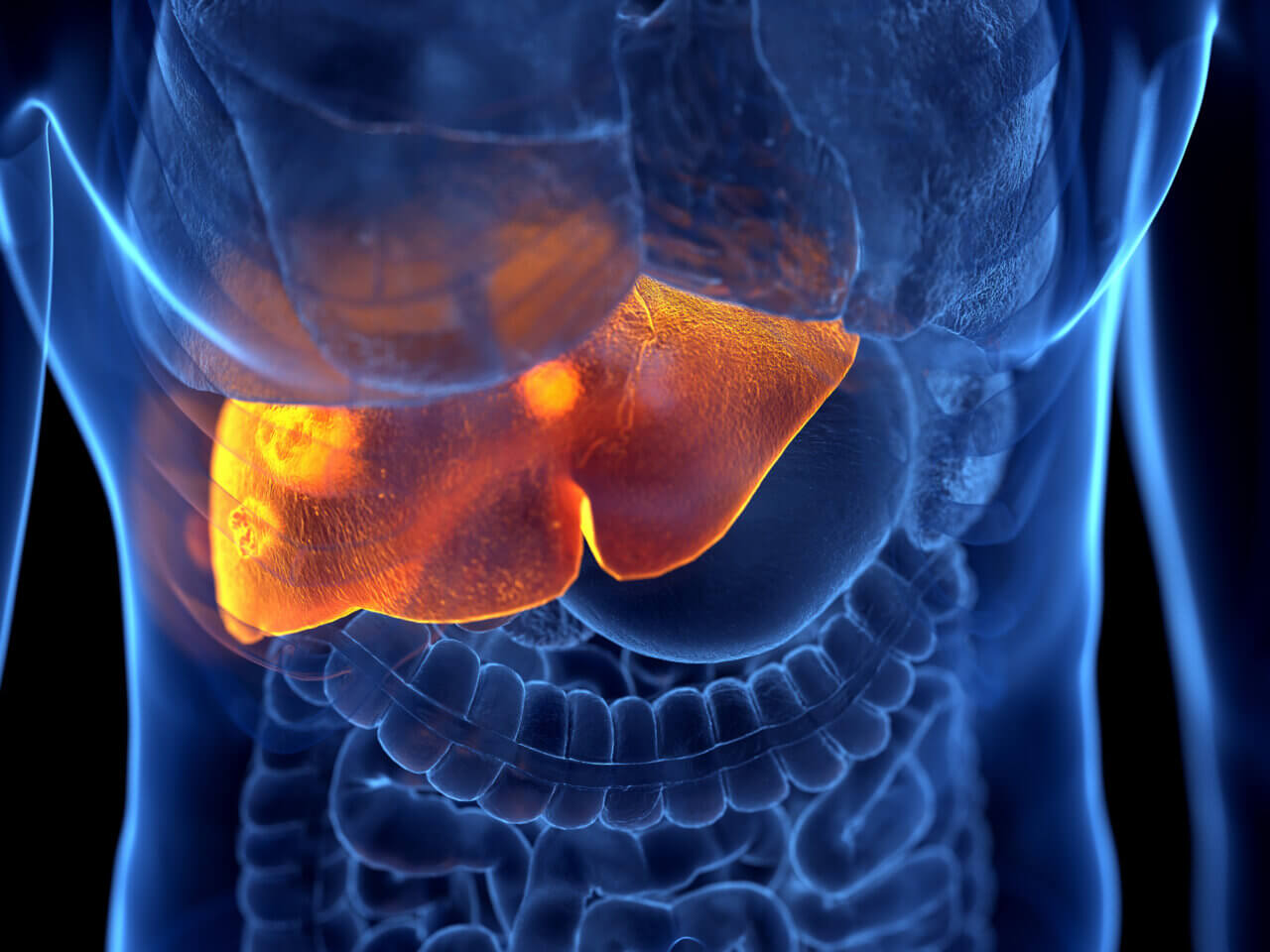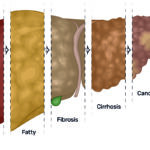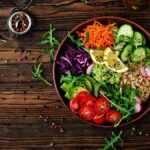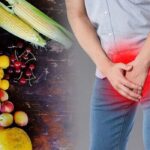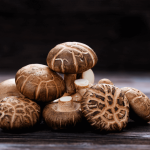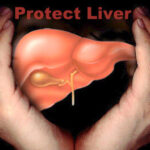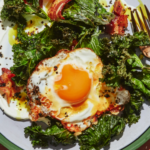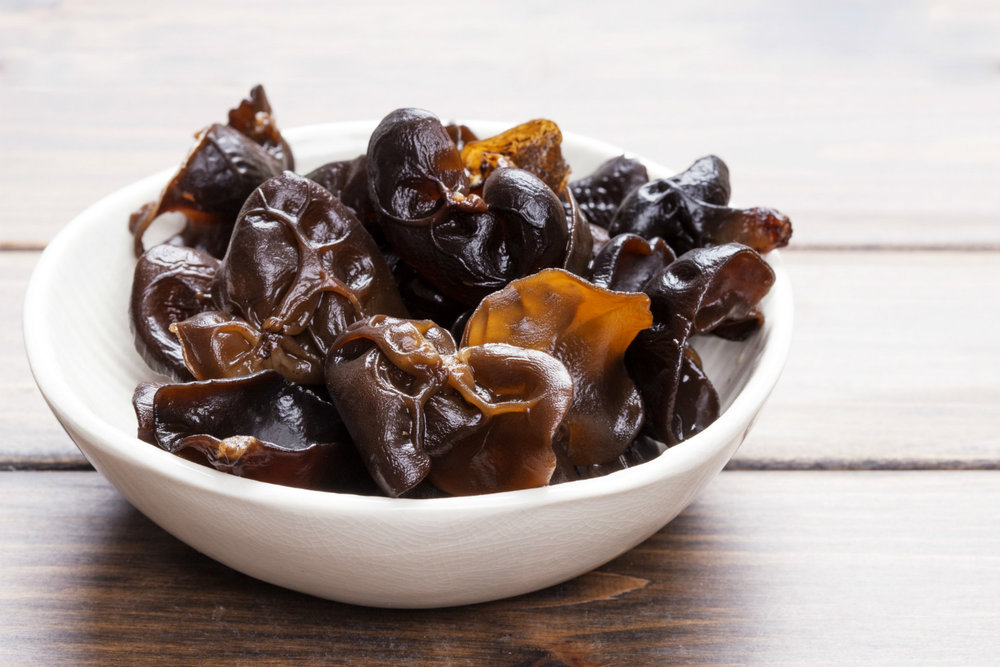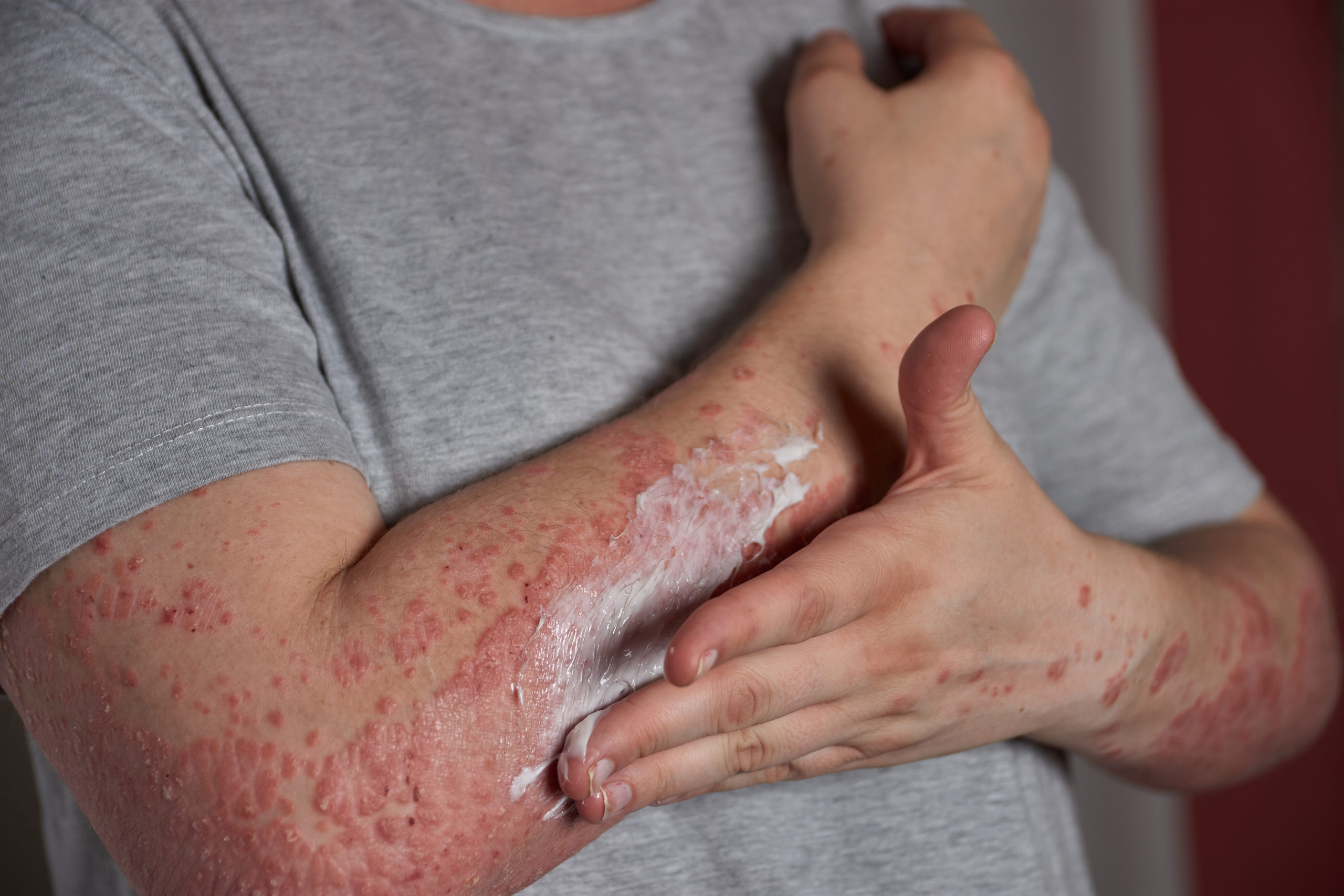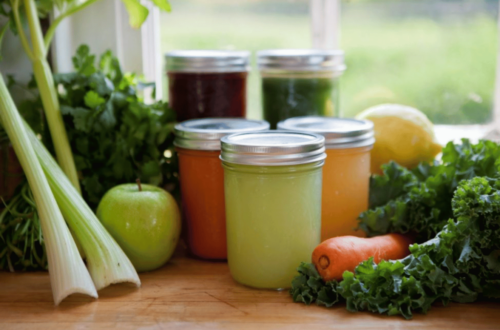Liver Cirrhosis Diet Plan
Liver Cirrhosis Diet is designed to help people with cirrhosis who can become malnourished due to metabolic and digestive changes that occur when the liver becomes more damaged.
Therefore, what you eat and drink every day is especially important when you have this condition. Many foods you should avoid if you have cirrhosis contain protein, sodium, and sugar, which make your liver work harder.
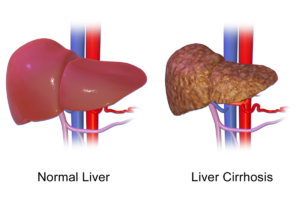
This article describes how to create a diet plan for cirrhosis (liver cirrhosis diet) with the help of a member of your medical team. You can create a licensed nutritionist.
This ensures adequate nutrition and helps you avoid choices that can exacerbate the condition or affect your health.
The basics of a cirrhosis diet
Advantages
The liver has over 500 functions, making it one of the most important organs. When the liver is damaged by cirrhosis, it cannot perform one of its most important functions efficiently.
1. Help your body get nutrients from the food you eat.
2. Liver cirrhosis diet provides adequate nutrition, reduces the burden on the liver, prevents related complications, and helps prevent further liver damage. People with the disease are more likely to develop complications from cirrhosis, including death.
“Dietary management in cirrhosis is not a one-size-fits-all approach,”said the author of his 2018 article in the Journal of Clinical Gastroenterology.
A cirrhosis diet should be initiated early in treatment to improve prognosis and outcome. Unfortunately, existing scars from cirrhosis cannot be reversed.
Therefore, when you have cirrhosis, diet is an important way to take charge of your future.
SEE ALSO; Autoimmune Diseases
Usage or How It Works
A cirrhosis diet should be tailored to your overall health and individual needs, but there are some general dietary guidelines to guide you in this meal plan.
Avoid Alcohol (Temperance)
No amount of alcohol is considered safe for people with cirrhosis.
Limit Fat:
The body uses bile, a yellow-green liquid produced by the liver, to digest fats. When the liver is damaged, the production and supply of bile is affected, which can lead to digestive problems. A poorly functioning liver struggles to process a high-fat diet. (Healthy fats can be consumed in moderation.)
Avoid raw or undercooked meat/seafood:

People with liver damage from cirrhosis have a weakened immune system, so bacteria and viruses that can retain these foods can cause serious infections.
Additionally; changing your diet may require changing the amount you eat.
Liver disease can increase the risk of malnutrition, so you may need to eat more calories each day to meet your increased energy needs depending on your body’s condition.
Note that protein recommendations are different if you have liver disease. The effect of protein on liver disease is somewhat controversial and is still being researched.
To determine the exact amount of protein recommended for you, you should consult a healthcare provider or nutritionist. Calorie from protein is an essential part of a varied and nutritious diet, and protein is the key to preventing muscle thinning.
Your health care provider may ask you to make certain additional changes to your diet to treat or prevent other conditions to which people with cirrhosis are susceptible.
Length of time (Duration)
If you’re at risk for liver disease, your doctor may recommend a cirrhosis diet, even if you don’t feel sick. People in the early stages of liver disease (compensated) usually have no symptoms.
It can take years for signs of liver disease to appear, and only when liver damage is severe (decompensated).
Dietary changes can help prevent further liver damage. It’s just and you can’t cure it. You will need to stick to liver cirrhosis diet plan for the long term.
YOU MAY LIKE: Benefits of Honey
What to eat
There are some foods and drinks that you absolutely must avoid if you follow liver cirrhosis diet. But there are also many nutritious and delicious foods, such as fresh produce, whole grains, and plant-based proteins.
Accommodating
– Eggs, egg whites
- Fruits and vegetables (raw or cooked without butter,oil,or salt)
Cooked fish (salmon, tuna) - Turkey or Lean chicken (without the skin)
- Cream cheese,ricotta
- Hard cheeses(cheddar,mozzarella)
- Low-fat Greek yogurt
- Nuts and seeds(unsalted)
- Dried beans and legumes
- Nut butters(unsalted)
- Fortified milk alternatives(almond,soy,rice)
- Tofu
- Whole grain bread, crackers,and cereals
- Margarine
- Oats
- Ginger
- Rice (Brown)
- Olive oil
- Garlic
- Fresh herbs
- Meal/nutritional supplements,as approved
- Low-fat milk
- Quinoa, couscous
- Granola and cereal bars
- Coconut water
Non-Compliant/not Recommended
- Raw or partially raw fish and shellfish (e.g., oysters, clams)
- Canned food (meat, soup, vegetables)
- Red meat
- Hot dogs, lunch meat, sausage
- Fast food, fried food
- Packaged, processed snacks and meals
- Refined white flour pasta, bread, and white rice
- Sauerkraut,pickles
- Buttermilk
- Potato chips, pretzels, rice cakes, crackers, popcorn
- Tomato sauce or paste
- Instant hot cereal or oatmeal
- Bread, biscuit, pancake, and baked good mixes
- Pastries, cake, cookies, muffins, doughnuts
- American, Parmesan, Swiss, blue, feta, cottage cheese, cheese slices or spreads
- Breading, coating, and stuffing mixes
- Full-fat dairy products
- Ketchup, soy sauce, salsa, salad dressing, steak sauce
- Pudding, custard, or frosting mixes
- Caffeinated tea, coffee, and soft drinks
- Table salt, sea salt, mixed seasonings
- Bouillon cubes, broth, gravy, and stock
- Alcohol
Fruits and vegetables:
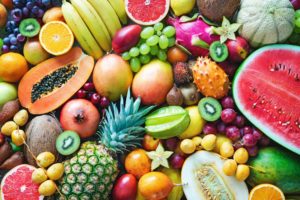
Choose fresh ingredients whenever possible, as canned foods usually contain sodium and sugar. Adding fruit to your granola or oatmeal will add nutrients, fiber, and a touch of natural sweetness.
Fiber-rich fruits like apples make a healthy and filling snack on their own.
Dairy:
Full-fat dairy products can be too heavy for your body to digest. Stick to low-fat Greek yogurt, small amounts of low-sodium hard cheeses, and non-dairy fortified dairy alternatives like almonds and soy.
Rich dairy-based desserts such as custard, and ice cream should be limited. If you have serious problems processing fats and sugars, you may need to avoid them completely with a liver cirrhosis diet.
Cereals:
Regarding liver cirrhosis diet, opt for whole grain bread, pasta, brown rice, and granola instead of bread made with white flour. Granola and granola bars can tolerate a quick snack as long as they are low in sugar and sodium.
Protein:
Red meat is not acceptable in a cirrhosis diet, and processed meats and sausages are also not allowed for lunch. Skinless lean chicken, freshly caught fish (such as salmon), and a small amount of eggs or egg whites may be appropriate.
Most of your protein should come from plant-based sources such as dried beans and legumes, small amounts of unsalted nuts and nut butters, and tofu.
Dessert:
Packaged cakes, cookies, brownies, cookies, pancakes and waffle mixes are high in sugar and salt and are best avoided. In general, pastries, donuts, and muffins should be avoided unless you can make a low-fat, low-sugar, low-salt version yourself.
What to Drink:
You can’t drink alcohol if you have cirrhosis, but you have many other options. Water is your best hydration option, but if you’re on a low-salt diet, be sure to check the label of your bottled water, as some contain sodium. Milk and juices should only be consumed in a pasteurized state.
Possible benefits
Cirrhosis is irreversible, but changes in diet can prevent complications.
For example, limiting intake of salty foods promotes sodium balance and prevents ascites, a condition associated with fluid retention.
Additionally, reducing intake of unhealthy fats can help prevent steatorrhea and excess fat in the stool, which are signs of intestinal malabsorption.
Focusing on getting enough calories and eating a variety of foods is important. This helps prevent malnutrition, a common complication of cirrhosis.
Malnutrition not only increases the incidence and severity of cirrhosis symptoms, but it can also impair immune function, decrease muscle mass, slow wound healing, and affect quality of life.
Finally, it’s important to get enough protein. Make sure you’re consuming plenty of quality protein sources throughout the day, including foods like meat, fish, poultry, dairy, and legumes.
Possible drawbacks
Depending on your current diet, transitioning to a cirrhosis diet can be a little difficult.
This means, for example, reducing your use of foods and drinks that you eat or enjoy frequently. Packaged snacks, alcohol, and fast food.
Additionally, restrictions can make eating out and eating in social situations more difficult.
Since liver scarring is irreversible, it can be discouraging that a diet may need to be followed for an extended period of time to avoid further damage.
So it’s a good idea to talk to your doctor or nutritionist to learn how to not only keep up with your exercise, but also put together a diet that motivates you.
Because cirrhosis is a complex condition with other conditions and complications, it’s important to work closely with your healthcare professional. Together, you can make sure your nutrition plan meets your body’s needs.
Health Benefits of Blueberries
Anxiety and an Anxiety disorder

A graduate of Computer Science and Information Management Technology. Diploma – Caregiving, Certificates – Dementia and Diabetes Awareness and Management. A researcher, blogger, songwriter, singer and acoustic guitarist. Born in an environment where natural talents such as healing are imparted at our natural birth. This natural talents of healing is the result of our genetic inheritance and the training from family environment.

